Joao Yordanov Serralheiro was shortlisted in the Astronomy Photographer of the Year competition for one of his star trails images.
We have worked with him to create our Star Trails Fast Track course which is his exact system for producing award-winning astrophotography images.
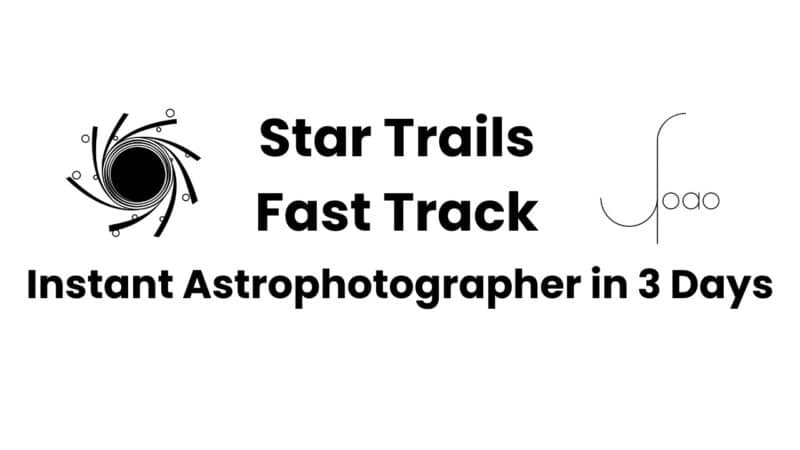
Below we discuss how he plans, composes and captures images like this:
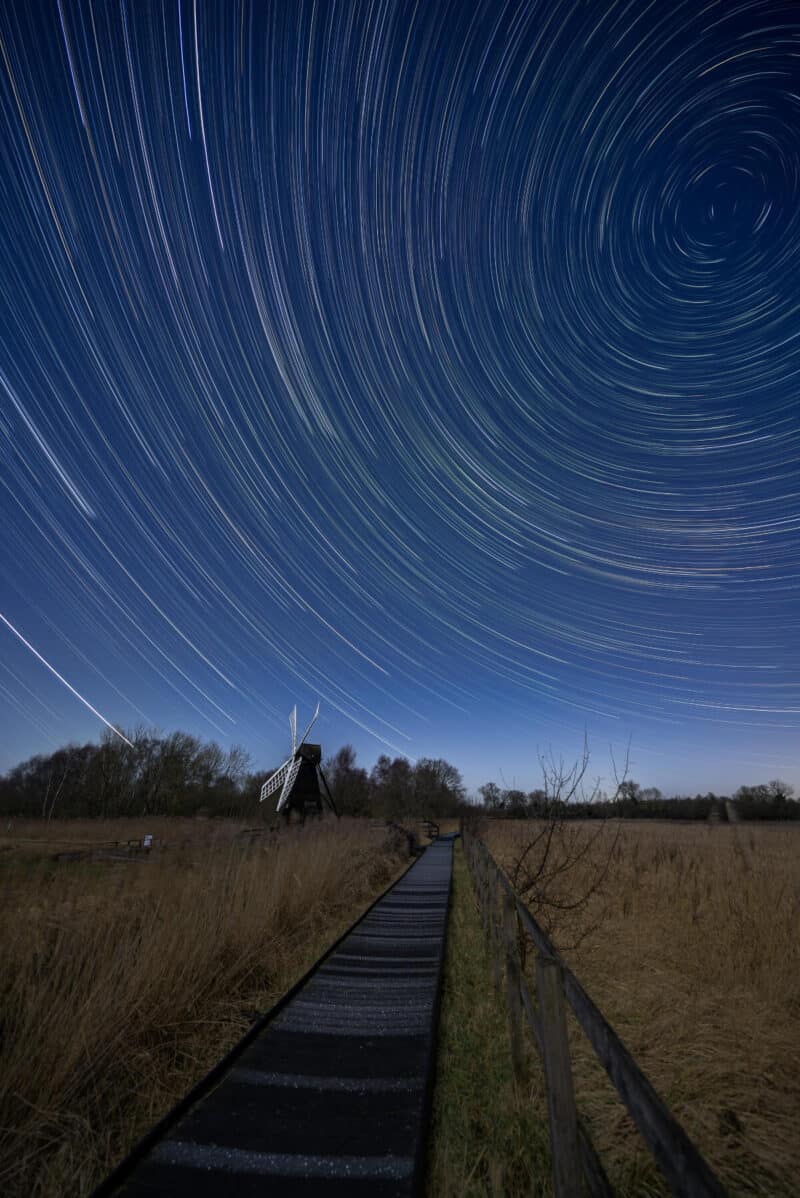
What’s your current focus with astrophotography?
My main focus and objective with my astrophotography is to be able to share the wonders of stargazing and the beauty of the immense universe that surrounds us and illuminates our night skies.
Startrails are my most favourite theme within astrophotography, as a way to show the unseen as the passage of time recorded in a single moment.
This fits within my other favourite theme of landscape photography, as a startrails image can always tell a story within a nightscape image.
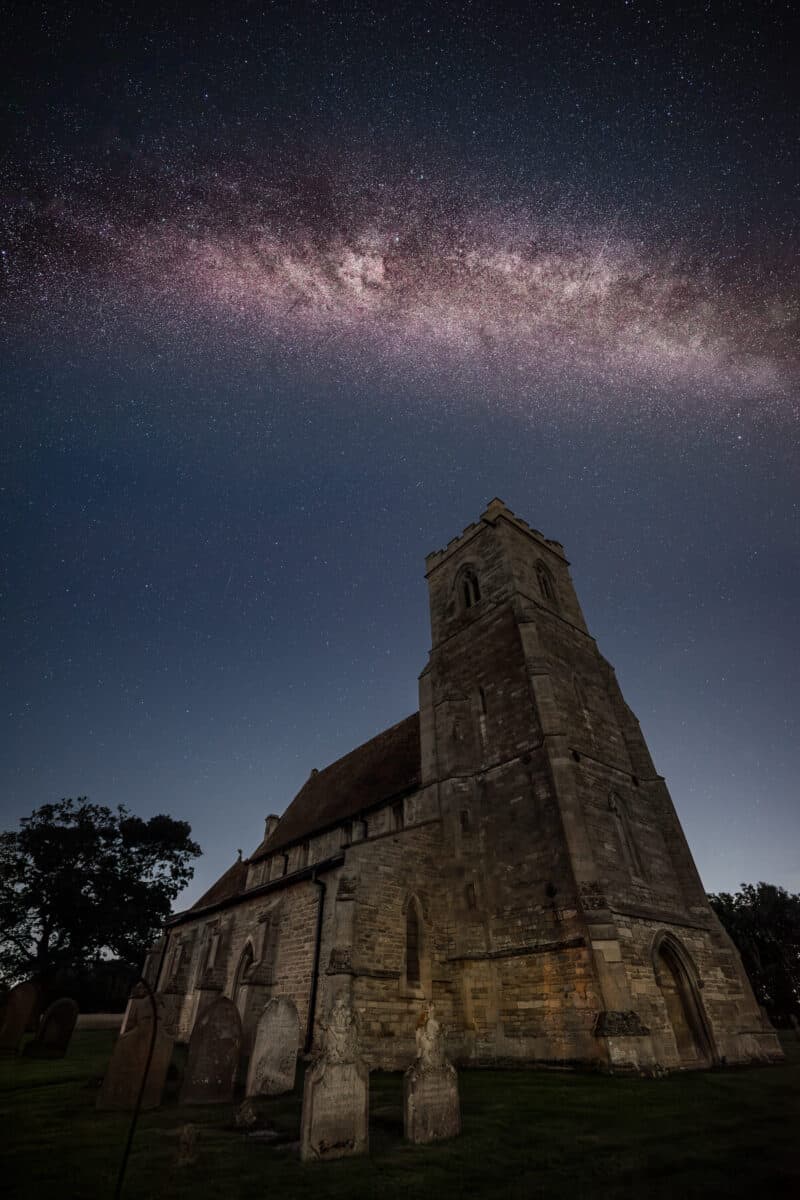
How do you plan your imaging?
I’m base in Cambridge, UK and so far found all my subjects to photography the night sky within a 10-15 miles radios from the City.
In terms of planning, I scout places around Cambridge that I believe will give a good composition and story for a startrails image and wait for the next opportunity with clear skies to go out.
Startrails are a bit more forgiving than capturing the Milky Way and so also easier to plan.
For example, a full moon can actually be beneficial to illuminate the foreground without having the need of stacking multiple images for the stars and foreground.
“Always invest in good glass and a stable tripod before considering upgrading a camera body.”
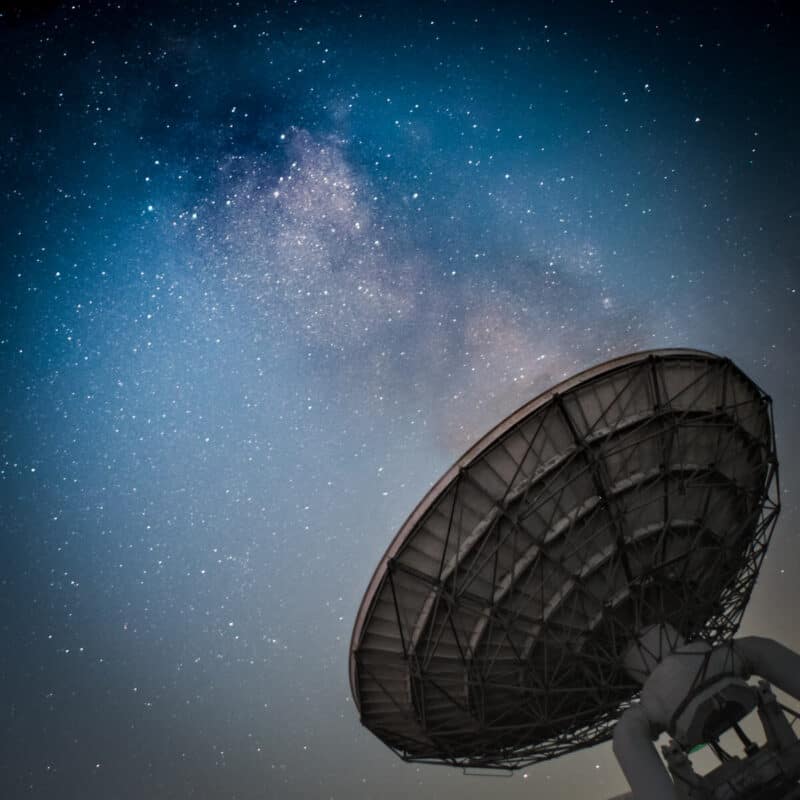
What gear do you use?
Astrophotography is most probably the most demanding photography discipline on gear, however, there is no need to go crazy.
I always say there is a big difference between the equipment we want and the equipment we need.
At the moment I use a Sony Alpha 7III camera.
I just upgraded from the Sony Alpha 7II because the new battery can last nearly five times longer for exposures in the cold of the night.
I use a set of 2 prime lenses:
For accessories have:
- Benro Tortoise 24CGX30 tripod
- Godox TR Intervalometer
- Lens heater to avoid condensation on the lens
If there is a piece of advice I would give to anyone starting in astrophotography, it is to always invest in good glass (lenses) and a stable tripod before considering upgrading a camera body.
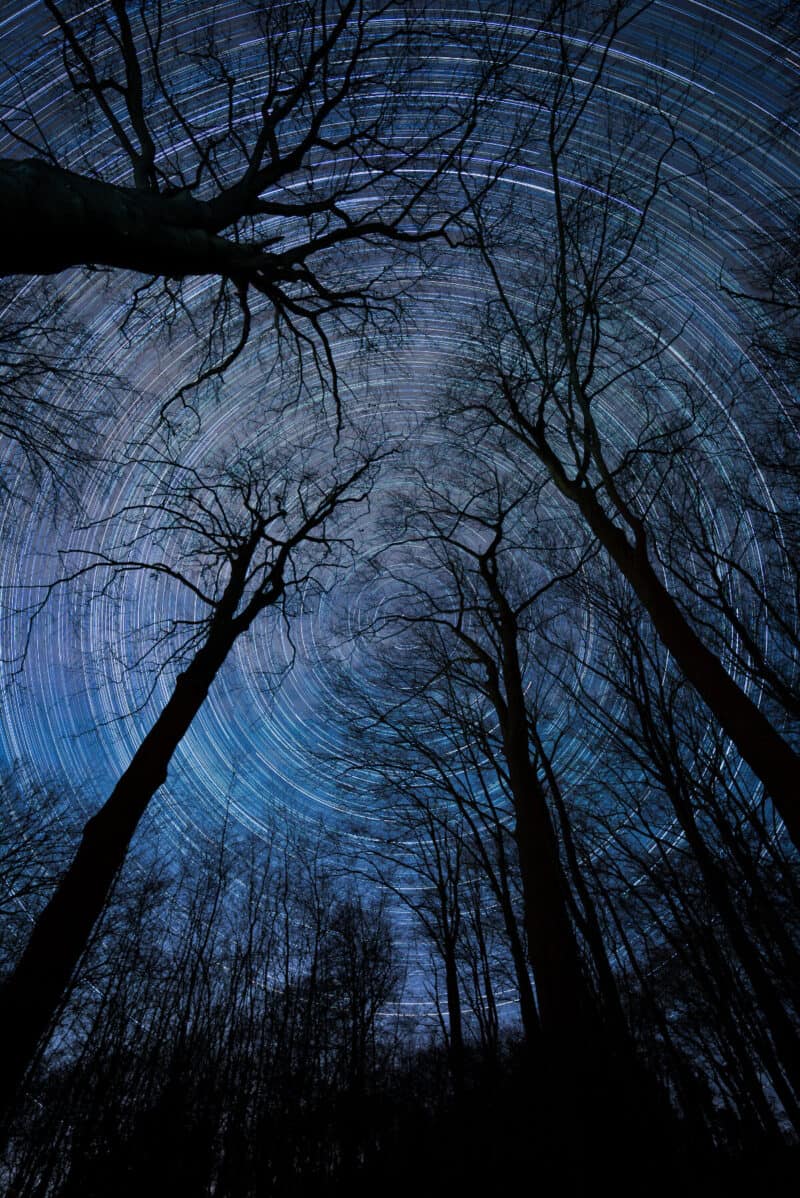
What software do you use for post-processing?
I am a “naturalist” and do minimal processing of my images.
I just use Lightroom for small adjustments and RAW processing and Sequator to stack the star trails images.
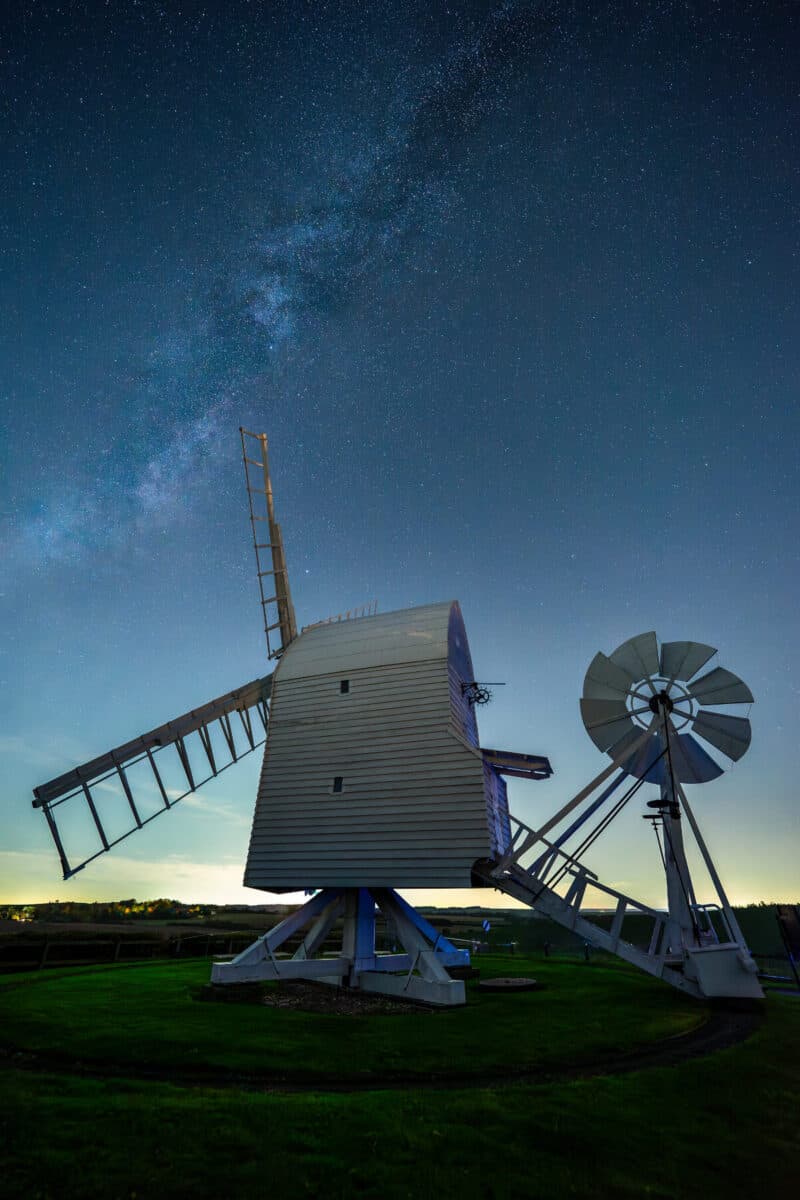
How do you compose your star trails images?
Following from me being more of a “naturalist” I prefer to spend longer shooting than in front of the screen post-processing.
I do my best to get the results straight from the camera.
As such I have spent quite some time to find the sweet spot with my camera and lenses combination to find the correct hyperfocal point for the focus. It takes quite a considerate amount of time to perfect it, as the hyperfocal also changes with every lens.
However, once you get the right point, setting up takes only a few seconds to obtain a good focal point that covers both the stars to infinity and the foreground in one frame.
Following from the hyperfocal that I set first, I like to shoot as wide as possible.
Anywhere between F1.8-2.8 as getting the shortest exposure time will give more clarity and colour definition for the startrails. I adjust the ISO last to obtain the correct exposure.
I usually use a shutter speed between 30-60sec. and ISO between 200-1000.
Sometimes I may go all the way down to ISO100 when shooting on a full moon lit foreground.
My first startrails images had about 45 min to 1 hr long exposures, but recently I aim for 2-3 hrs exposures.
This was the only reason I have upgraded from the A7II to the Sony A7III. The battery life with cold weather with the A7II was not able to handle much more than one hour on sub-zero temperatures at night.
With the A7III have managed 3 hrs with temperatures between -6c and -10c with nearly 50% battery left after a session.
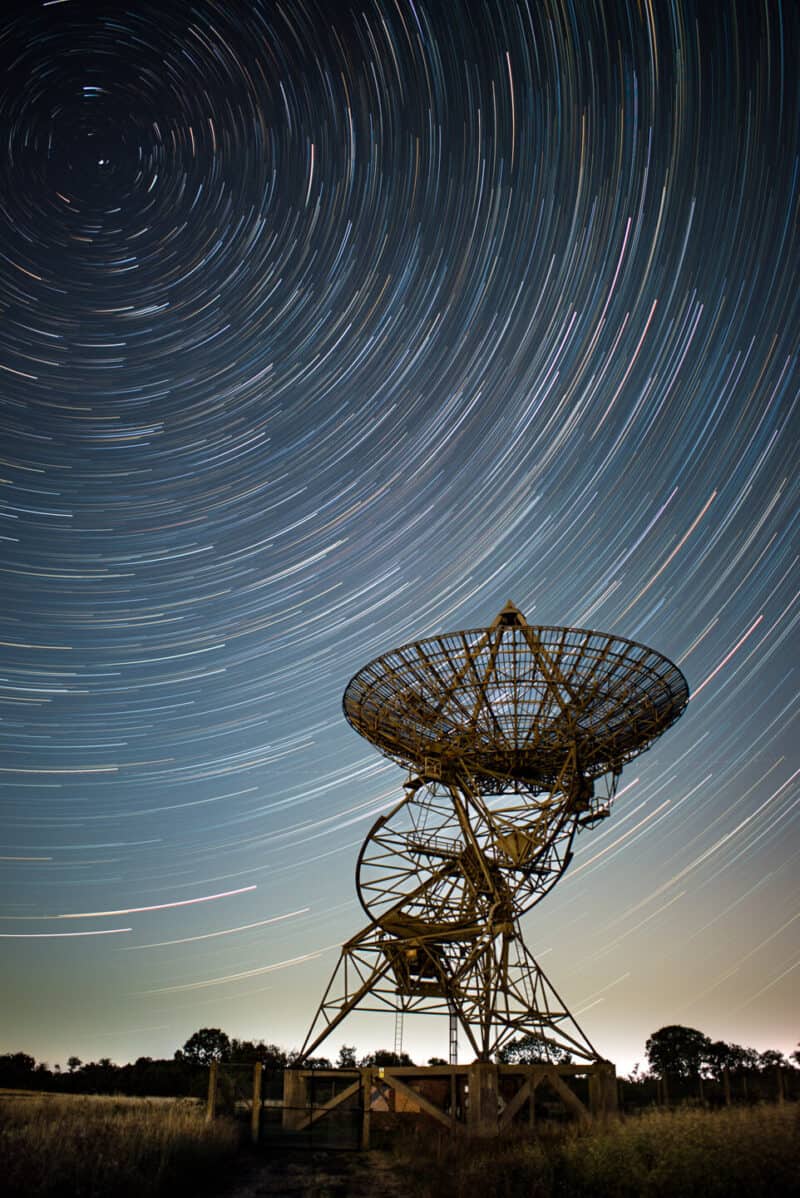
Any learning resources you recommend?
Read as much as you can and watch many YouTube videos on the themes that interest you the most.
However, this is all lost if not put to practice. That would be my best advice – practice, practice and more practice 🙂
There is also the Photopills app that I consider a must-have for any astro and landscape photographer and can save you countless hours planning.
“My wife gave me a camera body for one of my birthdays and made me promise I would never leave photography behind ever again, this saved my mental health and got me back to a lifetime passion.”
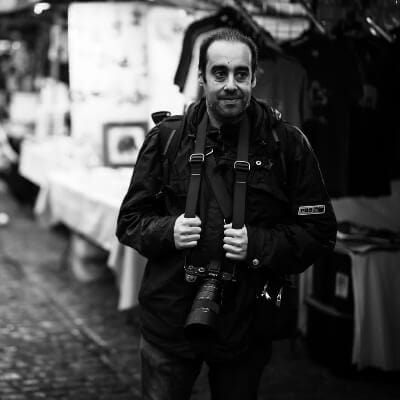
About You – Joao Yordanov Serralheiro
Photography for me is a lifetime passion, one that I needed to put aside for many years as life and family got in the way.
After many years of “break”, my wife gave me a camera body for one of my birthdays and made me promise I would never leave photography behind ever again, this saved my mental health and got me back to a lifetime passion.
I have re-started my photography journey with landscape photography and shortly after with astrophotography.
My proudest moment was when, without much hope, I decided to enter the Astronomy Photographer of the Year competition last year, and to my surprise (after nearly forgetting that I had entered), received an email informing me was one of the finalists! I got my image in the book and on show at the Greenwich museum.
Anyone can follow me or reach out to me via these channels:



Live near all these places and have had similar ideas. Now to find more time to do so. Thank you.
Good luck!